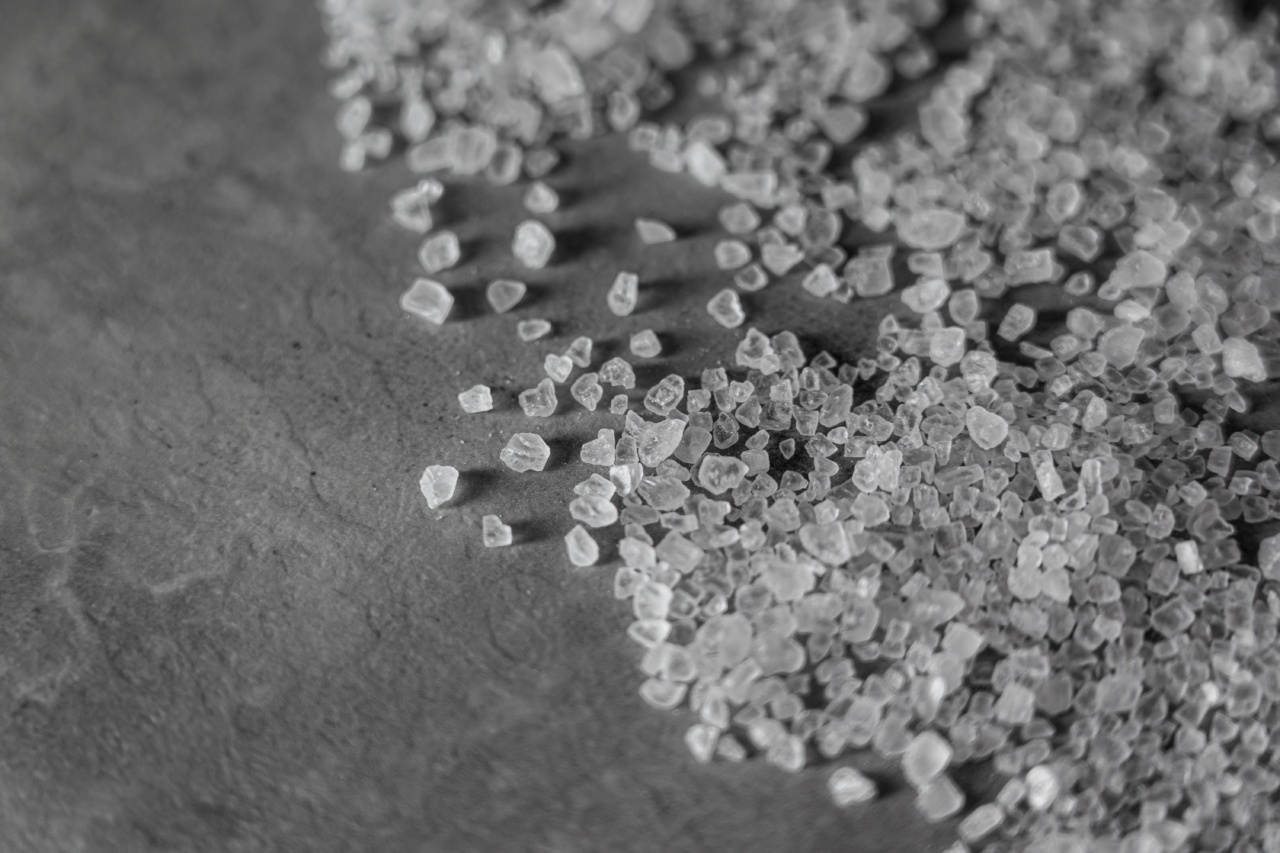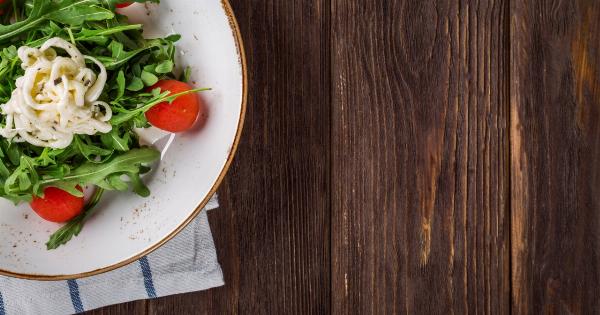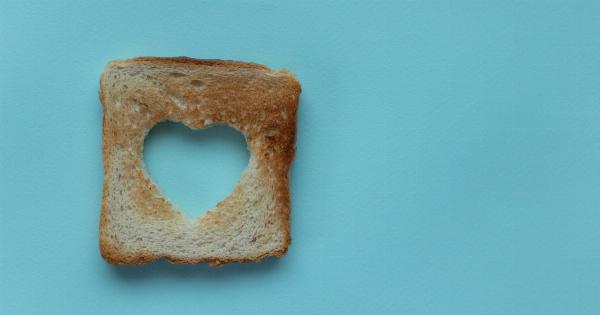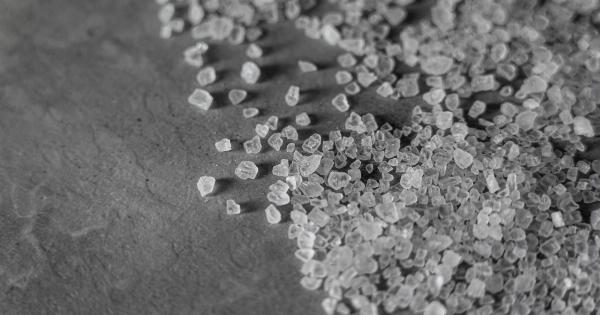Excessive salt intake has become a pressing issue in today’s world. According to the World Health Organization (WHO), a high salt diet is a leading factor for high blood pressure, heart disease, and stroke.
It is therefore crucial that individuals limit salt intake within their diets. While people are aware of the need to reduce salt intake, many still find it challenging to monitor and maintain their salt consumption at healthy levels. It can be overwhelming to check every label or menu for salt content.
In this article, we will focus on a simple strategy that can help you limit salt in your diet – focusing on the first three ingredients..
Why Monitor Salt Intake?
The human body requires some amount of salt to function properly. Sodium, the main component of salt, maintains proper balance within the cells and helps the body absorb nutrients.
However, too much salt can be harmful, leading to a series of health issues.
Health Risks of Excessive Salt Intake
Some of the health risks of excessive salt intake include:.
- High Blood Pressure: Excessive salt intake raises blood pressure, increasing the risk of heart disease and stroke.
- Heart Disease: Too much salt can cause the heart to work harder, leading to heart disease.
- Stroke: High salt intake has been linked to stroke.
- Kidney Disease: Excessive salt intake can cause kidney damage.
- Osteoporosis: Salt can cause calcium loss from bones, leading to the development of osteoporosis.
Focusing on the First Three Ingredients
When purchasing food, many people are concerned about the nutritional value and the ingredients. However, it is essential to pay attention to the amount of salt in the food.
One simple strategy to monitor your salt consumption is by focusing on the first three ingredients listed on the food label. Most of the food labels list the ingredients in descending order, meaning the first item listed is the most prominent ingredient in the food item.
By focusing on the first three ingredients, one can quickly determine if the food has excessive salt content.
The Need for a Low-Salt Diet
The WHO recommends a daily salt intake of less than 5 grams or one teaspoon. However, the average person consumes over 9 grams of salt daily, far exceeding the recommended limit.
The first step towards a low salt diet is to start reading labels and monitor the amount of salt in the food.
Harmful Salt Sources
Salt is a common ingredient in many foods, and sometimes it is hidden in plain sight. Here are some of the common sources of excessive salt:.
- Processed and Packaged Foods: Processed foods often contain high levels of salt to act as a preservative and enhance flavor.
- Sauces and Seasonings: Sauces and seasonings used in cooking can contain a lot of salt.
- Breads and Cereals: Breakfast cereals and bread can contain high levels of salt.
- Snack Foods: Snacks such as potato chips often have added salt to enhance the taste.
Reading Food Labels
Reading food labels is an effective method for monitoring salt consumption. However, many people do not understand the food label jargon. Here is a guide to help you read and interpret food labels:.
- Look for the sodium content: Salt is made of sodium and chloride. Food labels list the sodium content; sodium is the component that is harmful in excessive amounts.
- Check the serving size: The salt content listed on the label is based on one serving size. Understanding serving sizes can help you avoid consuming too much salt.
- Pay attention to the daily value percentage (%DV) The %DV helps you understand the amount of salt in a serving. The recommended daily sodium intake is less than 2300mg. If the %DV is more than 15%, that means the food contains a high amount of salt.
Tips to Limit Salt Intake
Luckily, limiting salt intake is an achievable task. Here are some tips to help you limit your salt intake:.
- Read Labels: Read food labels to avoid overly salted foods.
- Reduce Portion Sizes: Reducing portion sizes helps you consume less salt.
- Use Fresh Ingredients: Cook with fresh ingredients. Fresh food requires less seasoning and salt.
- Avoid Processed Foods: Processed foods often contain high levels of salt to act as a preservative and flavor enhancer.
- Prepare Your Meals: Preparing meals at home allows you to control the amount of salt used in seasoning.
- Choose Low-Salt Alternatives: Choose low-salt alternatives like herbs, spices, and lemon juice instead of salt.
Conclusion
Excessive salt intake is a major health concern, causing heart disease, stroke, and kidney damage. Limiting salt intake is crucial for a healthy life. One effective method to achieve this is focusing on the first three ingredients on food labels.
Reading food labels and avoiding processed and salty foods can also help you limit your salt consumption.





























